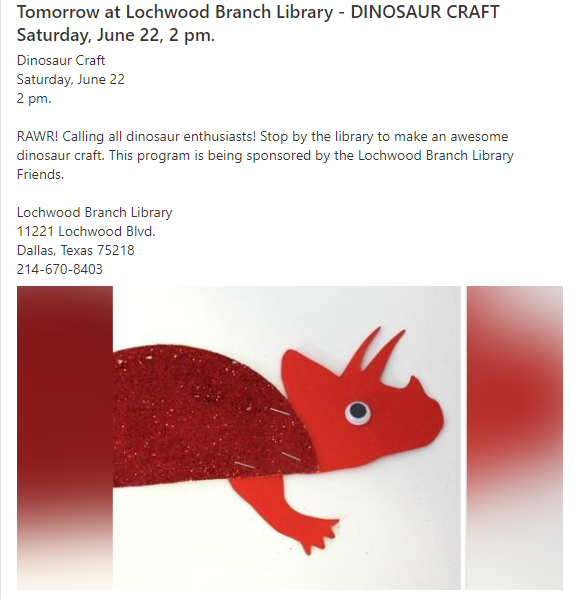Learners of English as a second language (ESL) living in the United States sometimes create a “socio-cultural bubble,” where they can stay within their cultural and linguistic community (Franco). Language learning slows down and even stops because this socio-cultural bubble limits their exposure to English. I propose five steps to break through the bubble that may help you improve your language skills.
The Socio-Linguistic Bubble
In a previous article and in a related video, I discussed the “socio-cultural bubble,” which happens to English as a second language (ESL) learners living in the United States (or in any English-speaking country). They can still have a good life in this bubble where they socialize, work, and have productive lives in their cultural and linguistic community.
They simply stay away from situations where they need to use English.
Video Activity
Use this worksheet to assess your situation and take the steps yourself as needed.
Why Break through the Bubble?
Before we get to the steps to break through the socio-cultural bubble, you should understand something important: There is nothing wrong with staying close to your cultural and linguistic community.
It is good to speak your native language in your everyday life. Your relationships in your community provide important social support. Do not stop celebrating important dates and reading, writing, listening, and speaking in your native language.
Only you know if developing new language and social skills is right for you. Some English language learners want to have better job opportunities, to help their children with school work, or to participate in activities in which English is needed. The bubble reduces opportunities for language acquisition and growth. Nonetheless, if you live a good life that does not require high levels of English proficiency, why should you change anything – unless you choose to do so?
There is nothing wrong with staying close to your cultural and linguistic community.
5 Steps to Break through the Socio-Cultural Bubble
Below are the five steps I recommend if you want to expand your social and cultural circle to include activities where English is used. As a bonus, these steps can also help you improve your English. These steps are based on what I have seen while teaching English-language learners for many years. In addition, I have used these steps myself when I learned new languages in the countries where they were spoken.
These steps are based on my observations while teaching ELLs over the years. I have also experienced them firsthand myself while learning a new language where it was spoken.
Download and print this worksheet to keep track of your progress as you apply these steps.

William Gan | Pexels
Groundwork Steps
The first two steps provide the groundwork to prepare you for the other steps. They will help you later when you take more active steps. You can take one step at a time, or you can take some steps at the same time.
Step 1. Identify Your Interests
As an ESL instructor, I have met many students who want to break through the bubble, but it is difficult for them to identify their interests. That is why sometimes they are unsure what to do to socialize outside their ESL classroom or language community.
- Identify Your Interests
-
To identify your interests, write down what your hobbies and passions are or what is “fun” for you. But do not judge your interests as “good,” “bad,” or “silly.” Just write them all down.
-
How do you spend your free time? Entertaining family or friends at home? Cooking, baking, playing games, reading, posting photos online?
List all activities you enjoy.
-
What topics are you drawn to when you read or when you talk to people? The news, pop culture, science and technology, raising children?
List all topics you are interested in.
-
What are things you like to learn more about? Science and technology? Social media? History? Astronomy?
-
Here is a list of activities and topics that may give you some extra ideas.
Step 2. Learn about the Non-ESL Community
The second step is to learn about the English-speaking community at the country, state, and local levels. The internet can be a good source of information. (Just make sure to find reputable, trustworthy sources.)
- Find out What is Around You
-
To learn about your non-ESL community, you can do investigate any of the following:
- the history of the country, state, and town;
- what is happening politically;
- what major urban areas are like;
- the demographics in the country, state, and town;
- what the educational system is like;
- anything else you might be interested to learn about your community.
-
Knowing about where you live helps you understand the people and culture in your new country, state, and town. You will have things to talk about when you meet new people. It will help you understand the events going on in the community.
While you are working on this step, start taking the next steps.
Engagement Steps
Steps 3, 4 and 5 are about “doing” or engaging in activities outside the socio-cultural bubble.
Step 3. Research (Non-ESL) Available Resources
Technology can help you learn about (non-ESL) available resources. Search the internet for activities related to the interests you listed in Step 1.
For example, out of curiosity, I searched “board games in Dallas” and found Common Ground Games, where you can play board games with others.
- Ideas for Resources
-
Public libraries provide many free and paid classes and programs all over the country. In fact, if you have difficulty finding activities, ask a librarian at your local public library to help you. While searching for activities, I found this free event at a library.

I also found this tweet from a public library in Oklahoma announcing various activities.
-
In a similar search for “comic book reading club in Boston,” I found The Boston Sci-Fi/Fantasy Meetup Group, which holds readings and discussions.
-
Do you like cooking? There are cooking lessons all over the country. Cooking Classes at Wholefoods, for example, has classes for adults and children.
Interested in astronomy arts and crafts? Search “astronomy clubs" or "arts and crafts activities near me.” The possibilities are endless; it all depends on your interests.
-
In online sources such as Facebook or Meetup.com, you can find many activities, clubs, and interest groups. (Please see “Disclaimer” at the end of this article.)
-
Consider community service opportunities in your area. Search the internet for “volunteer work opportunities” or “community service opportunities” near you. Look into organizations such as VolunteerMatch.org, idealist.org, or Points of Light. You are likely to find a variety of ways to get involved, meet people, and contribute to your community. (Before joining an organization, research it well to make sure that they are respected, trusted, and a good match for your personal beliefs and needs.)
-
Note about ESL activities. If you find ESL activities, you should consider them, too. However, keep in mind that these will help you develop your language skills, but they may not create the opportunities for socialization you need in order to break through the bubble.
Step 4. Do What You Already Do (But Go Non-ESL)
Now it is time to start participating in non-ESL activities. If you feel anxious about it, start with something you already do. For example, if you are active in a house of worship, find out where you can engage in similar activities where English is used. If you are taking an ESL course in college, participate in any non-ESL activities they have there.
Remember that you are in control. If you are still uncomfortable with an activity after a while, you can always go back to your list in Step 3 and try something else.
Step 5. Try New Activities
Once you have taken Step 4, you may even find an activity you want to continue doing for a long time. In that case, keep engaging in it.
But try other activities, too. Go back to your lists from Steps 1 and 3 for ideas. Maybe you can try something completely new. Take a pottery or yoga class. Improve your photography by taking a photography course in your local college or joining a photography group. There is a lot to choose from out there.
Don’t Forget the Whole Purpose
The idea behind “breaking through the bubble” is to expand your socio-cultural circle. For some people, it is difficult to “break the ice” when you meet someone new. However, when you participate in activities that are based on your interests, the people you meet have the same interests. That makes breaking the ice easier.
With Step 2, you are learning about the community so you can understand other people’s perspectives and have common things to talk about. If there is something you do not quite understand, just ask them. When you show a genuine interest in people, they love talking about themselves, their culture, and their community.
Things may go differently for different students depending on their speaking ability. However, if you want to break through the bubble, you need to take the first step.
You’re all done. Congratulations!

Thanks to our supporters!
This material has been made possible by supporters like you. Learn how you can support us.

“What should I learn next?”
Use the navigation buttons to choose another skill or another lesson in this skill.
Thank you for Supporting Snap Language
Snap Language supporters make the creation of these materials possible.
Learn how you can support our work, get perks, and help us continue creating high-quality materials.
You can support us by simply white-listing this site.
References
Franco, Marc “Learning English in the United States and the Socio-Cultural Bubble (a Case Study).” Snap Language. https://snaplanguage.io/passages/2019-06-19
Przymus, Steve Daniel. "Imagining and moving beyond the ESL bubble: Facilitating communities of practice through the ELL Ambassadors program." Journal of Language, Identity & Education 15.5 (2016). [link to text]
Credits
Photo: "Pottery"Mahir Uysal on Unsplash (CC BY-SA 4.0)
Disclaimer
Programs and resources were mentioned in this article to provide examples only. These mentions do not indicate that Snap Language endorses such resources.